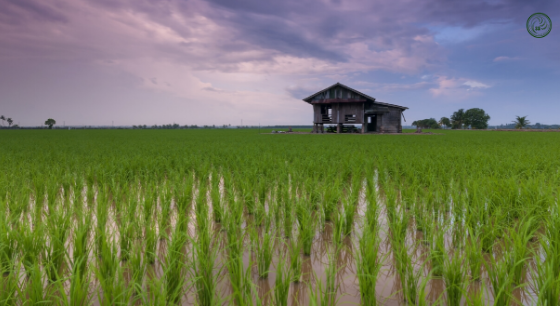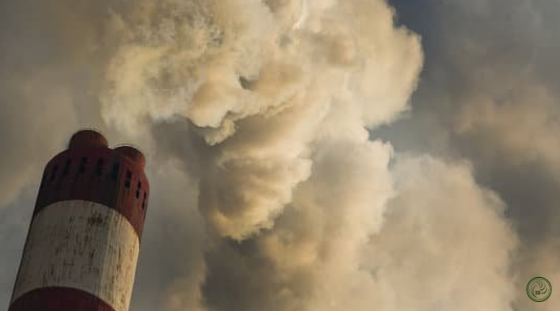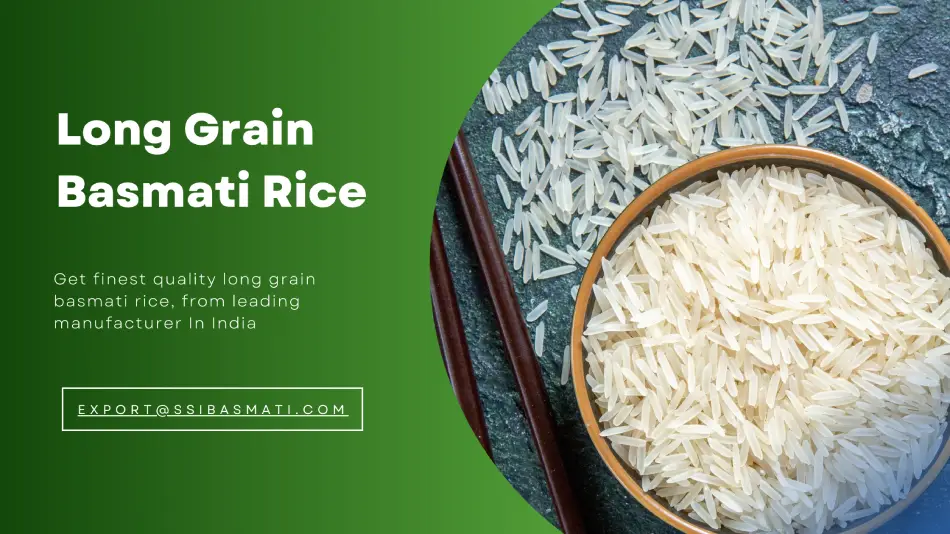
How Climate Affects the Rice Farming
There are certain factors effects the rice production:
Rainfall
Rice is the main staple in India and Bangladesh, and these two countries account for ~28% of the total rice production in the world (FAO 2008). Although total rice production in India and Bangladesh is increasing steadily every year, the weather related year-to-year variation is still large
Salinity
Salinity influences rice production in coastal areas. It is a serious hazard for rice which deteriorates the rice productivity. Rice manufacturers in India adopt the technology by which rice can be climate-friendly.
Higher level of CO2
Higher CO2 levels can affect rice yields. Increases in carbon dioxide levels will also affect rice production. Higher carbon dioxide levels increase biomass production, but it is not necessarily that it will provide a good yield.

High Temperature
Rice is a tropical crop. it requires average temperature (20 degrees Celsius to 27 degrees Celsius) during the growing season. The minimum temperature should not go below 15 degrees Celsius. Higher temperatures can decrease rice yields as they can make rice flowers barren, meaning no grain is produced.
Drought and storms
Unpredictable weather conditions such as drought and storms influence rice crops which are the main concern for rice yielding. Rice is only the crop that requires ample water to grow. Water scarcity affects rice crops.
Pests and Diseases
The spread of pests and diseases has increased dramatically in recent years. Insect pests attack all portions of the rice plant and degrade the overall growth. It is an estimated average of 37% of rice crops to pests and diseases every year.
To sum up, "Rice is life" can be considered appropriate for our country as this crop plays a vital role in our national food security. It is very important to reduce the effects of climate on rice. So, rice suppliers in India follow some specific strategies by which the bad effects the climate can be minimized.






